Aqra dan l-artiklu bil-Malti.
The rushed plans for an emergency 60-megawatt power plant, which government officials say needs to be operational ahead of this summer to guarantee the “security of energy supply,” follows years of planning issues and conflicting narratives surrounding the country’s electricity needs.
The plant, first announced by Energy Minister Miriam Dalli in November 2023, is now so rushed that it has been exempted from a legally required environmental impact assessment by the Environment and Resources Authority (ERA).
Enemalta’s justifications for the project focused on an unpredicted and sudden increase in electricity demand. ‘Unforeseen’ increases have caused power grid failures for years despite repeated claims that problems are related to distribution, not supply.
The increased demand also coincides with a sharp rise in the country’s population over the past decade.
In a recently reported letter to the Environment and Resources Authority (ERA), Enemalta Executive Chairman Ryan Fava said the state energy company had not foreseen the latest 14% spike in demand experienced last summer.
He noted that without the construction of an emergency 60MW plant at Delimara by next summer, Enemalta “would not be able to guarantee the security of electricity supply”.
Fava was empowered with his executive role following the dismissal of former Enemalta CEO Jonathan Cardona in the wake of severe power outages in July 2023. The outages saw nationwide blackouts, at times for several days, during 40-degree heat.
Following the blackouts, Cardona had insisted the cause was issues with the electricity’s distribution, not its generation.
Minister Dalli had denied The Shift’s reports about Cardona’s dismissal, only for the government to announce it a few weeks later, confirming this news portal’s findings.
Fava’s latest claims rubbish Dalli’s statements, and it is not the first time he has inadvertently fact-checked ministers’ energy claims.
Cardona’s predecessor, Jason Vella, was also dismissed two years earlier for the same reasons.
Just a few months prior, in February 2023, in a statement following a storm which saw the controversial Electrogas power station’s disconnection from the main grid, Dalli boasted of the Maltese energy grid’s resistance.
Dalli touted Enemalta’s “N-1” policy, which meant that when one of the country’s many energy sources was disrupted, the country could still function through the rest.
She said the country could supply a total of 700MW. Yet, the following summer’s 663MW peak crippled the grid.
The policy was brought up again with the new 60MW emergency power plant’s announcement. The plant was deemed necessary for Enemalta’s N-1 policy, calling into question Dalli’s earlier claims of an already policy-compliant and resilient system.
The rushed power plant will be implemented alongside the laying of some 70km of electricity cables for improved distribution, also fast-tracked ahead of summer.
In August 2021, following a series of power cuts deemed “unacceptable” by Dalli herself, the energy minister assured the public the issue was, again, one of distribution, not supply. Nevertheless, in the same year, Dalli kicked off plans for a second Malta-Sicily interconnector.
The second interconnector, initially claimed to cost €170 million with an expected completion date of 2025, is now expected to be finished in three to four years, by 2028, according to Fava’s letter.
The vulnerability of Enemalta’s system to random accidents has been exposed time and time again. When the current interconnector between Malta and Sicily was damaged in December 2019 by a ship’s anchor, power cuts increased significantly over the following year until the damage was repaired, indicating a reliance on the energy source.
The first Malta-Sicily interconnector was built over seven years between 2008 and 2015 for €182 million, raising questions about why initial timeframe estimates for the second project were so overly optimistic.
Demand aligns with economy based on population boom
In his letter, Fava argued that the increase in electricity demand was in part caused by climate change, “which has created extreme weather conditions, including long periods of extreme heat during the summer months,” that “will be experienced again in the summer of 2024.”
The increases in demand caused by extreme weather are exacerbated significantly by Malta’s sharp population growth over the last ten years.
The increase in population is linked to Malta’s economic growth which has centred around the increase in migrant workers. Such workers are often forced into squalid conditions, employed in low-paying, unskilled work and forced to put up with abusive accommodation conditions.
Disgraced former prime minister Joseph Muscat has defended his government’s foreign labour policy in recent comments to Al Jazeera, skirting around the real reasons why the country is facing a skilled labour shortage and its well-documented unfair treatment of refugees and asylum seekers.
Between 2011 and 2021, Malta saw an unprecedented 24.6% increase in its population, the highest in the EU.
In the same period, electricity consumption also shot up some 15%, from almost 2.2 GWh in 2011 to almost 2.7 GWh in 2021. Peak electricity demand surged from 414MW in 2011 to 663MW last year.
Meanwhile, the clock ticks for the completion of the new 60MW plant before summer.
Fava’s letter, sent to ERA last November, states it must be completed “by May 2024 at the very least,” in just three months.
No Planning Authority permits have been submitted publicly, much less approved, in the Delimara area for the project.


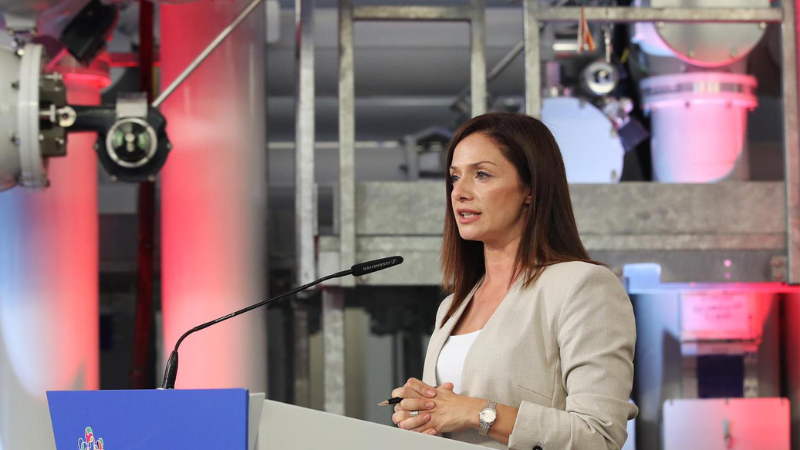
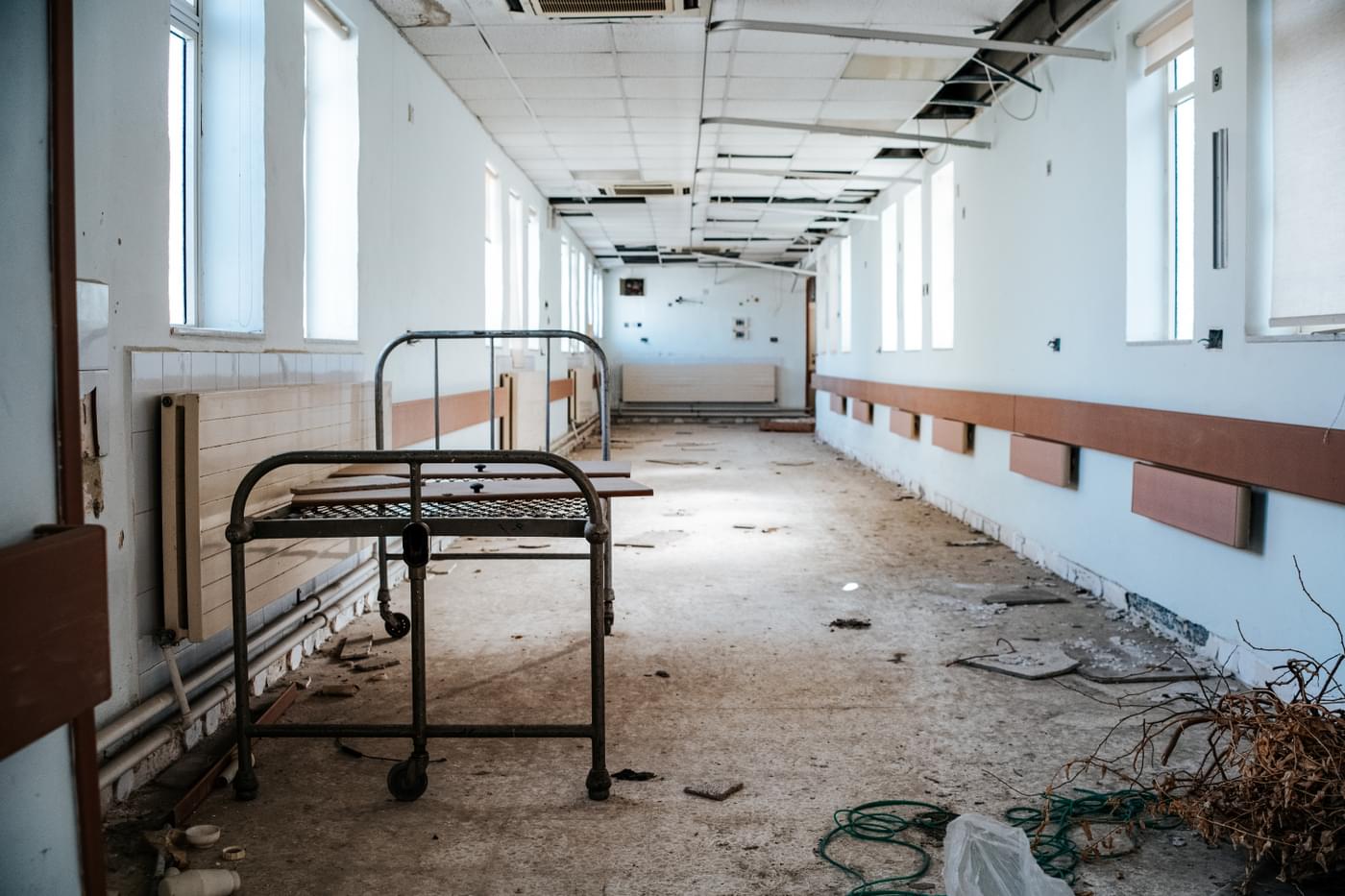
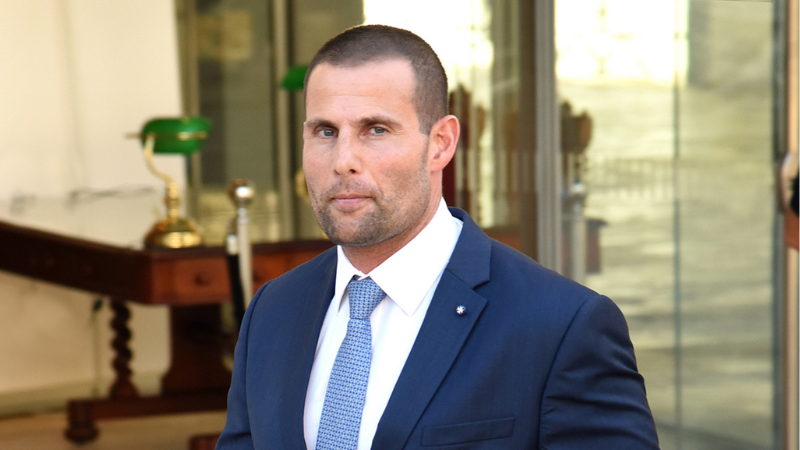
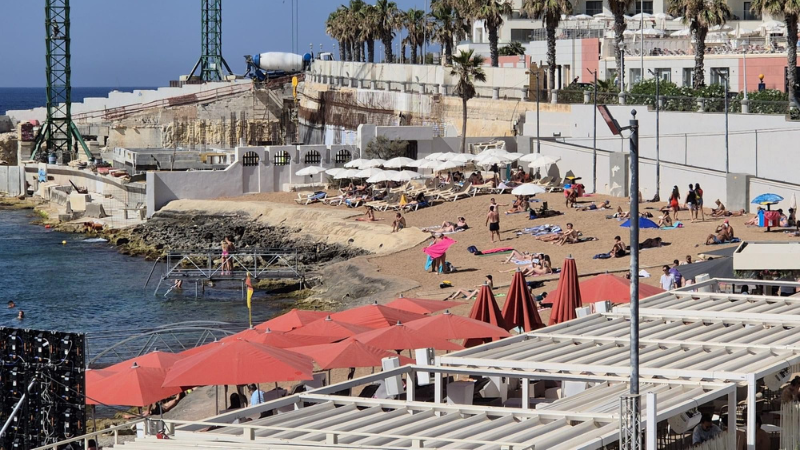
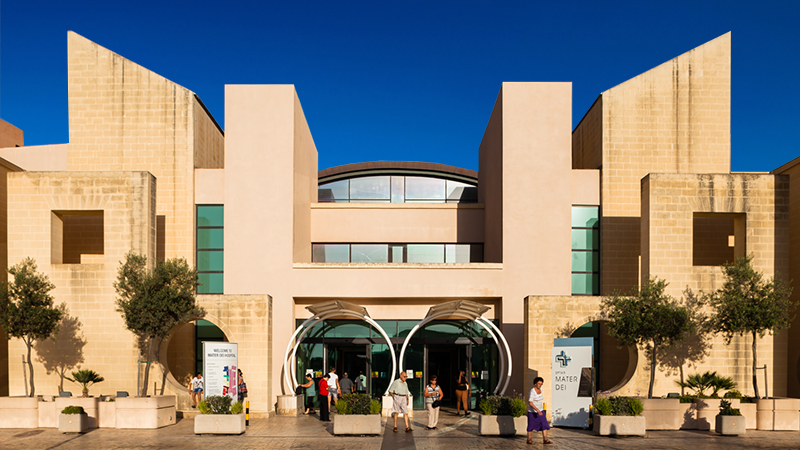






EneMalta is already buying 225 Mw from the interconnector during peaks from 5 pm to 9 pm. This is at the risk of tripping the Interconnector and landing the whole of Malta into darkness.
This is what this Labour Government has brought Malta to.
The Minister kept lying and telling fairy tales lined with stupidities.
Now she tells us that EneMalta does not have enough capacity. Which is what knowledgeable persons were saying all the time , but the Labour Government kept denying.
Now they expect to get a 70Mw generator of the shelf to cover the missing capacity. That is the equivalent of ONE of the generation units NOT 30% of the PEAK. This solves nothing. If the interconnector stops thats it. The Minister and its boss kept refusing to complete the 2nd Interconnector . Now they find out it takes 3 years to do this. And Now?
This is the result of the Population explosion and the uncontrolled development in Malta . Next thing another Hospital , and another invasion of medical staff from where ? CUBA? Maybe the new Health Minister can dig out what Fearne cooked .
Qedin naraw ir rizultat ta tbazwira ohra ta mexxeja inkompetenti, u li jahsbu li la saru ministri jahsbu li saru jifmu f kollox